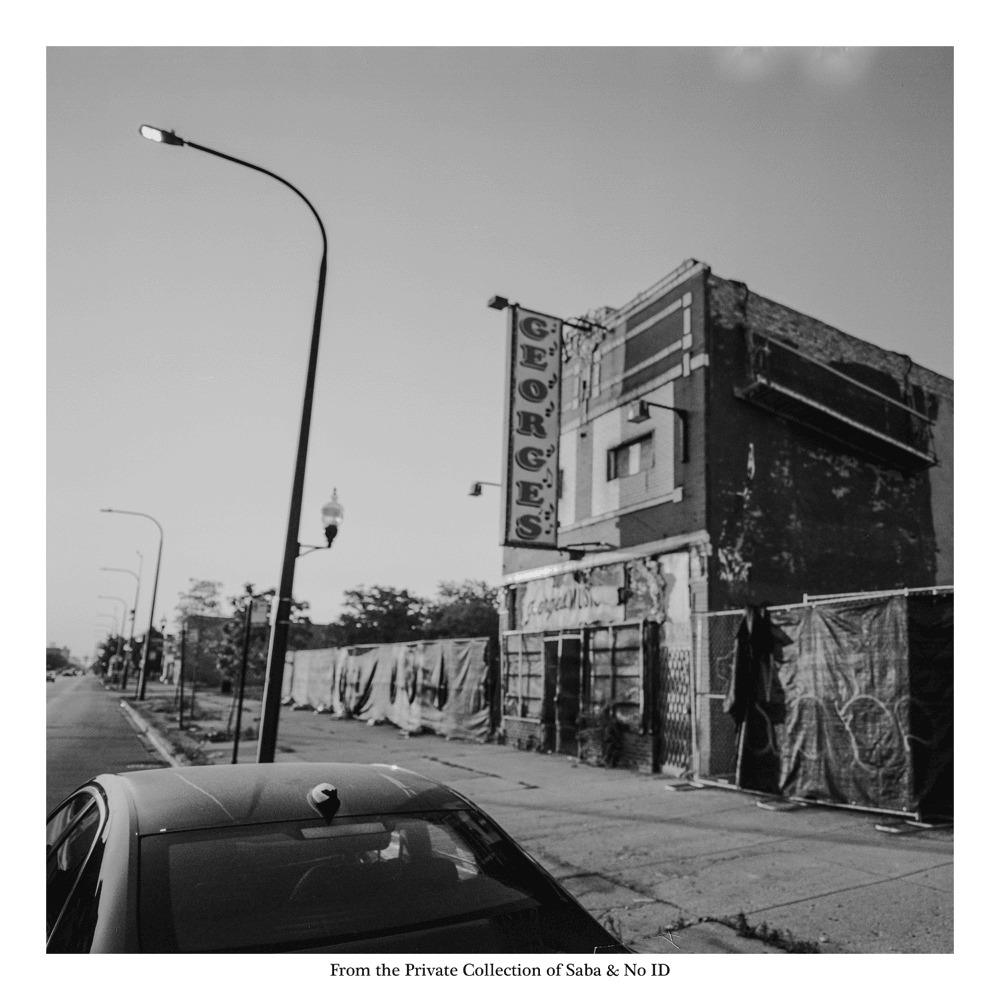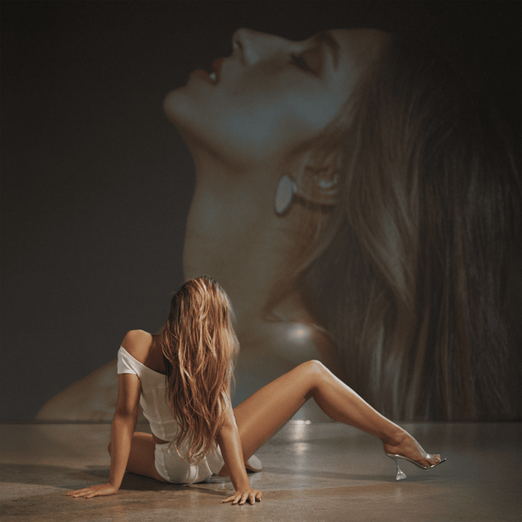Between serving at the Met Gala in Marc Jacobs, being the host and musical guest on Saturday Night Live and dropping her third studio album “Radical Optimism,” Dua Lipa is on top of the world this week. The lead single “Houdini” was released back in Nov. 2023, with the following singles “Training Season” and “Illusion” in Feb. and April of this year, respectively. Her first musical release since her hit “Dance the Night” from the “Barbie” movie this past summer, these songs are an introduction to a new Dua Lipa era, along with her new cherry cola hair. Her initial hit “New Rules” did well, but Dua Lipa’s 2020 album “Future Nostalgia” really shot her into the spotlight, with three of its songs going viral on TikTok. Looking at the thematic makeup of that album, about half of them are about love, there a few about feminism and a portion of them have a more sexual undertone. Comparatively, “Radical Optimism” is a pretty love-focused album, with nine of the 11 songs being about love and relationships.
This album feels like a vacation album. The first song, “End of an Era,” sounds like something you’d hear over the speakers at a rooftop pool. Dua Lipa seems to be a dance song generator, as almost all of her songs are perfect for hitting the dance floor. Songs like “Houdini,” “Training Season,” “Illusion” and “Falling Forever” are hard to listen to without grooving just a little bit. Even the cover of the album has a vacation feel, with a mostly blue picture of Dua in the water with a shark fin peeking out. This imagery is evocative of the duality of the album, as there is a balance of love and breakup songs signified by Dua on the left and the shark on the right.
Some people on the internet have said that all of Dua Lipa’s songs sound the same. I would heavily disagree. Yes, she has found a sound that works for her, and she has carried it from “Future Nostalgia” to “Radical Optimism.” I would describe it as 70s/80s style with modern mixing. However, with this album she has gotten a bit experimental with the instrumentation and production. This is especially apparent on the single “Houdini.” When I first heard this song, I was blown away. The layers on the song are incredible, with a synth keyboard riff, a disco drum and percussion beat, and a really interesting bassline that is like nothing I’ve ever heard before. Especially in the verses, Dua’s voice acts as an instrument in itself. The song ends with an out-of-nowhere distorted guitar riff that really puts the song over the edge. The complexity of this song is proof enough that Dua Lipa is evolving musically.
Lyrically, my favorite song on the album is “Maria.” While many people might not like to hear about their current relationship’s exes. However in “Maria,” Dua Lipa thanks the ex-girlfriend of her new man. She sings “I wanna thank you for all that you’ve done Maria, I know you’re gone, but I feel ya when we’re alone, even when I’m here in his arms, I know you’re somewhere in his heart.” Rather than being jealous of what her boyfriend had with Maria, she’s happy with the man Maria made him into. I thought this was a really interesting concept, similar to that of “All of the Girls You Loved Before,” by Taylor Swift.
While the three singles of “Radical Optimism” are what I would consider bangers, the rest of the album is a bit lacking. It’s not that the songs are bad, they just don’t compare to the other three, or the significance of “Future Nostalgia.” Female artists are often expected to reinvent themselves over and over again to stay relevant in the music industry, so one cannot critique an album without keeping that in mind. Additionally, how you view this album may depend on how you view Dua Lipa herself. For a fan, this album feels like a new, more vulnerable side of Dua and a great collection of songs. For a passive listener, however, the singles may be all you’ll want to hear.
“Radical Optimism:” ★★★★☆










